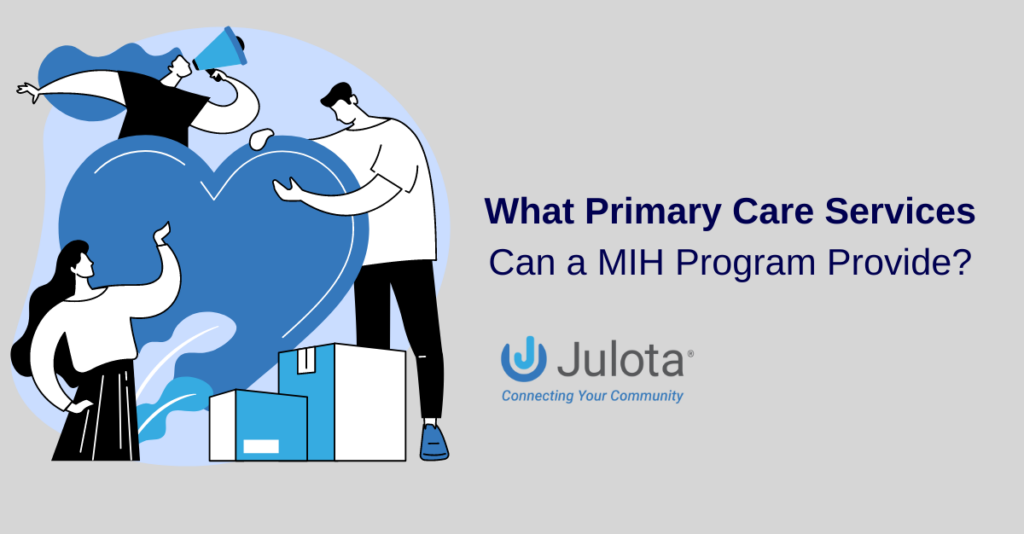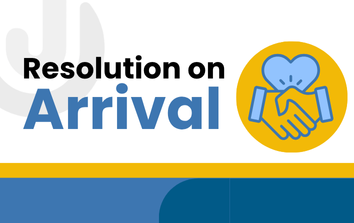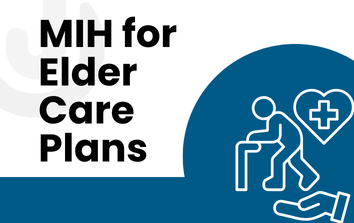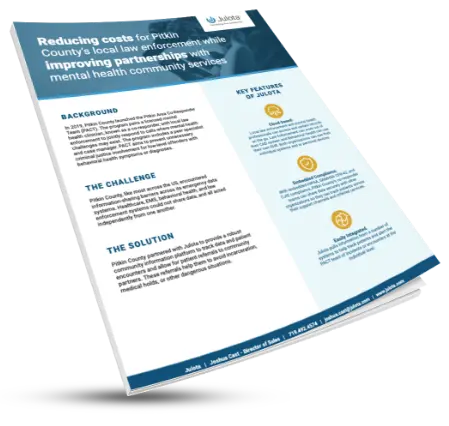As the demand for primary care increases, many areas have turned to mobile integrated health (MIH) for help. But this shift leaves many asking a logical question: “What primary care services can an MIH program provide?”
MIH programs can provide a wide range of primary care services, including physical assessment, blood draws, prescription management, wound treatment, pain management, pulmonary management, and more. Also, through telemedicine, MIH professionals can create a strong link between field providers and physicians, extending primary care to underserved patients.
Let’s talk about the primary care services an MIH program can provide. We’ll also discuss some common limiting factors and how MIH programs can improve how they deliver primary care.

Primary Care Services Provided by Community Paramedics
When we talk about primary care, we’re talking about the services people would receive at the doctor’s office for a regular check-up or a minor procedure. Let’s outline some standard services and discuss each to get an idea of the primary care services MIH programs can provide in the field. As you’ll see, there are many ways MIH can help alleviate the consequences of the primary care shortage.
Standard primary care services MIH programs can deliver to patients in their homes:
- Patient assessment and reporting
- Medication assessment and adjustment
- Evaluation of the patient’s living situation
- Blood draw services
- Treatment of minor infections via antibiotics
- Pain management
- Facilitation of telemedicine
Note: While these are some of the most popular services, they are by no means the limit. In many areas, MIH teams are only limited by their level of training and the protocols developed.
MIH Teams can Provide Patient Assessment and Reporting
One of the most critical aspects of patient care is regular assessment and reporting on their health. Even if this was the only way community paramedicine and mobile integrated health teams contributed to primary care, it would be worth it.
With a simple yet accurate assessment, providers can watch for trends in patient conditions and catch diseases before they become serious.
Community Paramedicine Teams Can Monitor Medications
Community paramedics and MIH teams can also monitor medications. Primary care physicians often find it difficult to assess whether a patient is staying regular with their prescription meds. While patients try to remember to take their medicine, sometimes their memory is inaccurate, or they don’t like the medication, so they are untruthful about how often they take it.
However, with in-home primary healthcare services, MIH providers can improve medication adherence by checking the medications, ensuring schedules are followed, and the patient knows exactly what to take.
Mobile Integrated Health Teams Can Monitor Patient Living Situations
Another aspect of primary care improved by MIH teams is the ability to assess a patient’s living situation and make recommendations on positive changes. Unfortunately, when the patient comes into a clinic, there is no way for the physician to get an accurate picture of their living situation.
With an MIH Team, a field provider can assess for hazards around the house and recommend safety improvements (railings, ramps, pull-cords, etc.).
MIH Programs Can Perform Procedures Such as Blood Draws and Urine Samples
A massive benefit of community paramedics is their ability to draw blood and take urine and fluid samples. Often, patients must travel to a clinic for these procedures and sometimes wait several hours for a simple blood draw.
Community paramedics can do this in the field and then drop the fluids off at the laboratory to have them evaluated and sent to the physician. In this way, the patient remains in their home yet receives the same service.
Community Paramedicine Units Can Treat Some Infections via Antibiotics
Community paramedics have also started evaluating infections and providing antibiotics in the field when needed. Often, a patient will have a minor infection, and – after consultation with a physician – the community paramedic can ensure the patient receives proper treatment. If the infection worsens, the patient can always be transported to the hospital for further care.
In some instances, such as in hospital-at-home programs, there will be providers who can deliver more serious antibiotic treatments in the patient’s homes, usually with active consultation with an attending physician who can be contacted via video chat and phone.
MIH Teams Can Help with Pain Management
Another area where MIH teams can help augment primary care is in the realm of pain management. MIH teams can visit patients who experience profound chronic pain and can help assess and treat their conditions.
In severe cases, some patients might need IV medications, a procedure that specially trained community paramedics can perform. Now, let’s talk about perhaps the most essential part of MIH in relation to primary care.
Community Paramedics Can Facilitate Telemedicine
When discussing a shortage of primary care, we need to discuss several issues. In some cases, there are too few physicians, and they have a limit on how many patients they can see in a clinic. In other cases, the patient cannot be transported to the clinic (this usually results in a lack of primary care or costly ambulance transport to the primary care clinic).
So what’s the answer?
If physicians could visit these patients in their homes, that would solve some of the problems; however, most realize that a doctor physically driving to homes is inefficient (in most cases). Then, there is telemedicine, where the patient calls the physician or talks to them via a video chat. But what’s the problem here? The physician is still limited in assessment, as they cannot take the patient’s vitals, assess lungs, or check their medications.
The answer? Mobile integrated healthcare. When a community paramedic goes to the patient and facilitates a video call with a primary care physician, they give the primary care provider everything they need to provide care in the field.
In this way, MIH programs provide the “missing link” while improving patient care coordination.
What Factors Limit the MIH Team’s Ability to Provide Care?
I’ve shared many ways MIH programs have successfully initiated primary care services. However, many might say these ideas are “easier said than done.” It’s essential to consider the limitations of mobile integrated healthcare and how to expand a community paramedic program. Also, while it’s great to advocate for MIH primary care, it’s crucial to maintain a high standard of care.
Here are some factors that limit an MIH team’s ability to provide primary care:
- The initial license of the provider
- The ability to deliver increased training
- The relationship with the medical director and local physicians
Let’s look at these points in more depth.
The License of the MIH Provider and Primary Care
The initial license of the MIH provider will play a role in the type of primary care services that can be delivered in the field. For example, a base-level EMT cannot usually perform ECG readings or blood draws. These providers often do not have advanced training in various chronic diseases.
In this way, programs must be implemented to help EMTs continue their training to become paramedics or receive skills certifications. Amid a national paramedic shortage, further initiatives to increase and improve paramedic training would be prudent to improve primary care services within MIH programs.
With all this said, there are ways that EMTs can work in community paramedicine.
How Increased Training Improves Community Paramedicine
As mentioned in the last section, increasing training for EMTs and paramedics is vital to delivering quality primary care in the field. However, we should note that even paramedics (among the most common MIH providers of primary care) were initially trained in emergency skills – and in this area, they are experts.
However, primary care is a different field, so even paramedics should receive further training to improve their reach at the primary care level and be more efficient.
If you’re curious, you can read this guide to the differences between community paramedics and home health nurses. This guide will explain how we can make MIH providers more effective at delivering primary care.
How the Relationship with the Medical Director and Local PCP Impacts Primary Care by MIH Teams
Finally, an MIH program’s relationship with the medical director and local physicians can significantly impact primary care services in the field. When the medical director is closely involved with the program, there will be the opportunity for expanded skills. But, when the medical director is distant from the program, there will be less opportunity for the MIH program to extend its services in the field.
This is why MIH programs must form strong connections in the field and maintain these relationships.
Conclusion: How MIH Programs are Providing Primary Care Services
MIH programs can provide many primary care services in the field, augmenting the shortage of primary care nationwide. These trained teams can provide assessments, perform blood draws, treat wounds, manage medications, start antibiotics, and facilitate interactive telemedicine with a doctor.
To ensure that MIH programs provide quality primary care, areas should focus on recruiting certified providers, extending their training, and maintaining solid relationships with local physicians.
Contact Julota to discover how their interoperable software platform can improve your data collection, strengthen your team, and help MIH programs form better connections.


